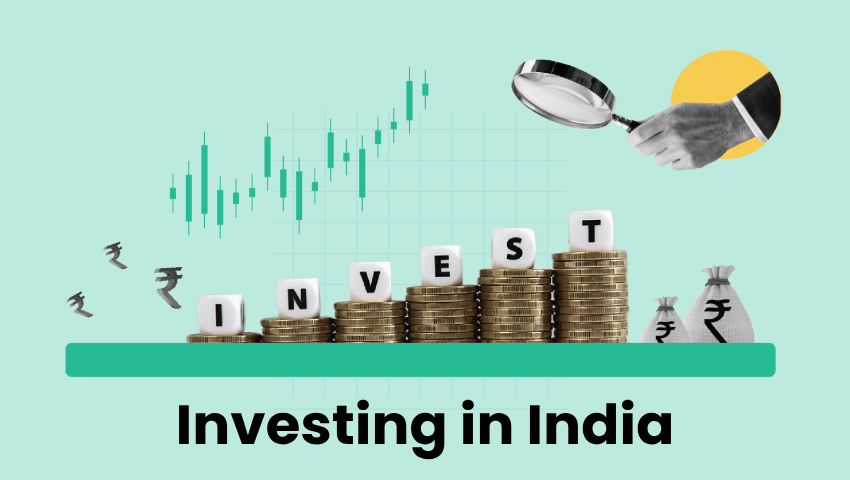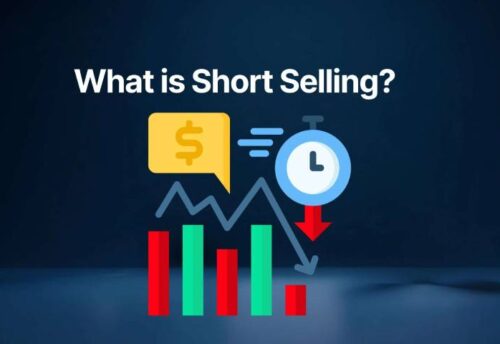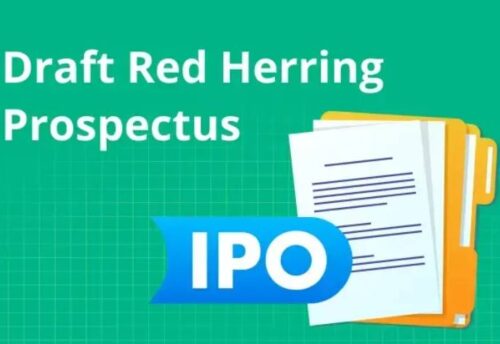
- 04/06/2025
- MyFinanceGyan
- 728 Views
- 5 Likes
- Finance, Investment, Tax
Investing in India: Why It’s Important & Where to Invest?
Investing means putting your money into assets that can grow over time, helping you build wealth for the future. Whether you want to buy a house, save for retirement, or beat inflation, investing is the key to securing your financial future.
Why Should You Invest?
Beat Inflation:
- Inflation reduces the value of money over time.
- If prices rise by 8% a year, ₹1 lakh today will be worth only ₹51,322 in 8 years.
- Investing helps your money grow faster than inflation.
Achieve Financial Goals:
- Whether it’s buying a home, funding education, or retiring comfortably, investing helps you reach these goals.
Financial Discipline:
- Regular investing forces you to save consistently.
Types of Investments:
Best Investment Options in India:
Direct Equity (Stocks):
- Buy shares of companies listed on stock exchanges.
- Pros: High returns, ownership in companies.
- Cons: High risk, requires market knowledge.
Mutual Funds:
- Pooled investments managed by professionals.
- Types:
- Equity Funds (stocks – high risk, high return).
- Debt Funds (bonds – safer, lower returns).
- Hybrid Funds (mix of stocks & bonds).
- Pros: Diversified, managed by experts.
- Cons: Market-linked, no guaranteed returns.
Fixed Deposits (FDs):
- Deposit money in banks for a fixed period at a fixed interest rate.
- Pros: Safe, guaranteed returns.
- Cons: Low returns compared to stocks.
Recurring Deposits (RDs):
- Invest a fixed amount monthly for a fixed return.
- Pros: Safe, disciplined savings.
- Cons: Lower returns than equities.
Public Provident Fund (PPF):
- Government-backed, tax-free returns.
- Pros: Safe, tax benefits.
- Cons: 15-year lock-in.
Employee Provident Fund (EPF)
- Retirement savings for salaried employees.
- Pros: Employer contribution, tax-free maturity.
- Cons: Locked until retirement.
National Pension System (NPS):
- Retirement scheme with equity & debt options.
- Pros: Tax benefits, higher returns than PPF.
- Cons: Partial withdrawal restrictions.
How to Choose the Right Investment?
Based on Age:
- Young (20-35 yrs): High-risk options like stocks & equity funds.
- Middle-aged (35-50 yrs): Balanced mix of equity & debt.
- Near Retirement (50+ yrs): Safe options like FDs & PPF.
Based on Goals:
- Short-term (1-3 yrs): FDs, RDs, debt funds.
- Long-term (5+ yrs): Stocks, mutual funds, PPF.
Based on Risk Tolerance:
- Low Risk: FDs, PPF, RDs.
- Medium Risk: Hybrid funds, NPS.
- High Risk: Stocks, equity funds.
Start Early – Power of Compounding:
If you invest ₹1 lakh/year at 10% return:
- Starting at 25 yrs: ₹2.7 crore by 58 yrs.
- Starting at 35 yrs: ₹97 lakh by 58 yrs.
The earlier you start, the more you earn!
Smart Investment Tips:
- Research before investing.
- Avoid get-rich-quick schemes.
- Diversify (don’t put all money in one place).
- Review investments regularly.
- Consider tax implications.
Final Thoughts:
Investing is not just for the wealthy—it’s for anyone who wants financial security. Start small, stay consistent, and let compounding work its magic. Whether you choose stocks, mutual funds, or FDs, the key is to start now!



